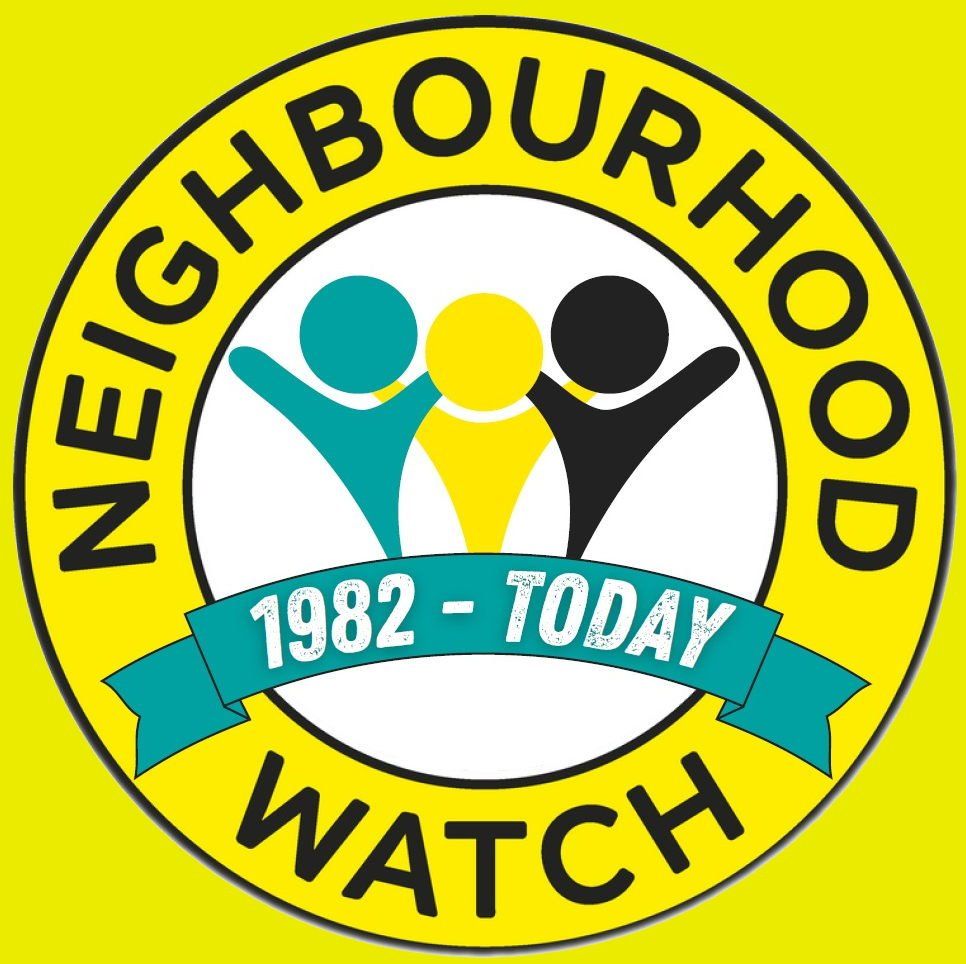Setting Up A New Watch
The first step
There may be an existing Watch close to where you live. To find out about any existing Watches in your area, please click the button below or contact us by filling in the form below.
If you are interested in setting up a new Watch, the first step is to speak to your neighbours and find out if they are also interested. The more residents there are who want to get involved, the more successful a Watch will be. But not everyone in a street or neighbourhood needs to join a Watch for it to work. It will work as long as there are enough residents to keep an eye out for each other’s properties and to liaise with the police.
Working with the Police & Association
The closer the links with the police, the more effective a Watch will be, so we recommend you contact your local Policing Team to let them know you are interested in starting a Watch. You can find their details on www.police.uk. The exact process for starting a Watch varies across England and Wales, so you should also get in touch with your Neighbourhood Watch Association and they will let you know what to do next.
Size of your Watch
There are no hard and fast rules about the size of a Watch. This can vary depending on the geography of the area. A good rule is to think about which houses can see each other, so that they can keep an eye open for any suspicious activity. But some Watches don’t fit into that model, such as long straight roads, blocks of flats and rural areas where houses are widely spaced, so choose what works best for you.
The Coordinator
Each Watch has a coordinator who acts as the key contact point for the Watch. They liaise with the police, Watch members and the general public – for instance, people who are interested in joining the Watch – as well as non-member residents when necessary. A Watch may have more than one coordinator as long as members and police know who the key contacts are. The coordinator ensures a smooth flow of information and communication between the police and Watch members.
Activities & partnerships
Traditionally, Neighbourhood Watch activities have focused on the immediate vicinity of homes, with members looking out for anything suspicious and helping their neighbours. However, more and more Watch are broadening their work to target a range of other problems such as anti-social behaviour, vandalism and graffiti. When links are made with other local Watches and wider alliances are formed, the membership can become a powerful voice within a community and get actively involved in problem-solving.
Neighbourhood Watch is well-known to help reduce burglary, anti-social behaviour, doorstep crime and environmental problems. But criminals are no longer constrained by geographical boundaries, and in recent years there has been a steady rise in fraud and cybercrime. Neighbourhood Watch is in a strong position to help tackle this kind of crime as well, by being a trusted source of information and support for people within their communities and keeping their eyes open for those who might be vulnerable. Victims of fraud and cybercrime might be embarrassed to confide in their families, or worry about losing their independence, and may not know that a crime has been committed or feel that they can’t report it to the police. This is where Neighbourhood Watch members and coordinators can help.
As well as the police, Watches may also work with other agencies within their area who have an interest in reducing crime and building stronger communities. These may include Community Safety Partnerships (CSPs), local authority environmental and social care teams, Trading Standards services, and Fire & Rescue services. You might also want to link up with other community groups like Residents Associations and special interest or cultural groups.
If you are interested in starting your own Watch or for more information, please contact us so we can put you in touch with your local Neighbourhood Watch Coordinator.
